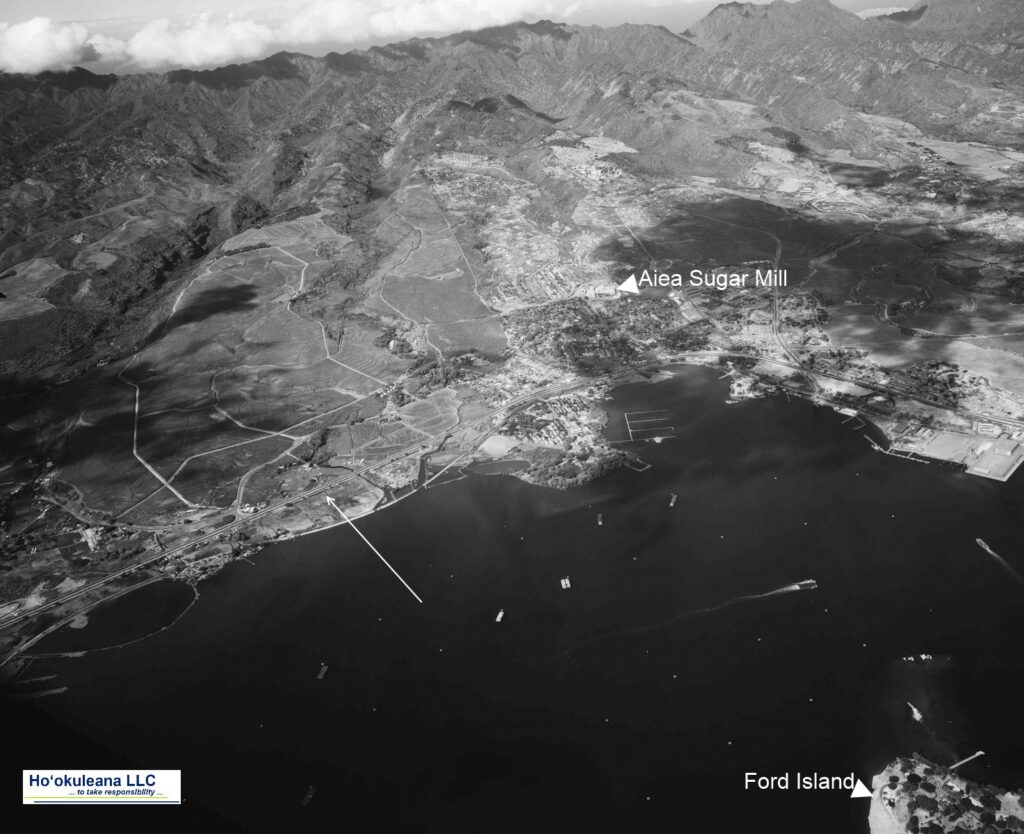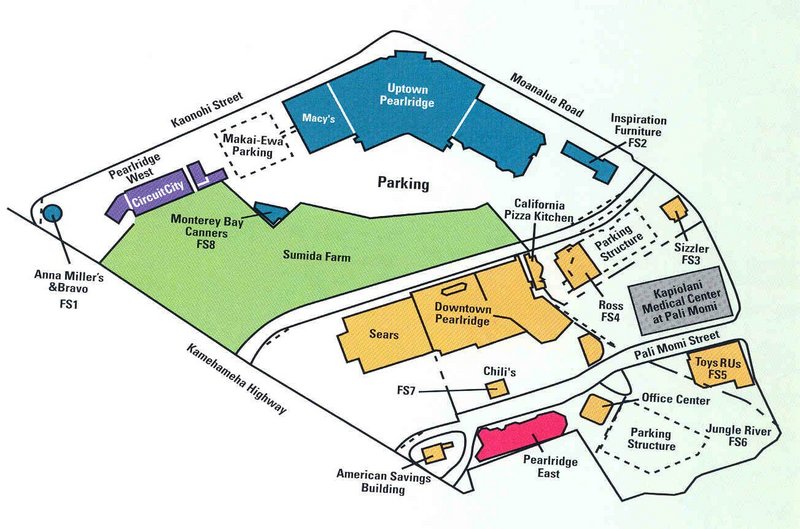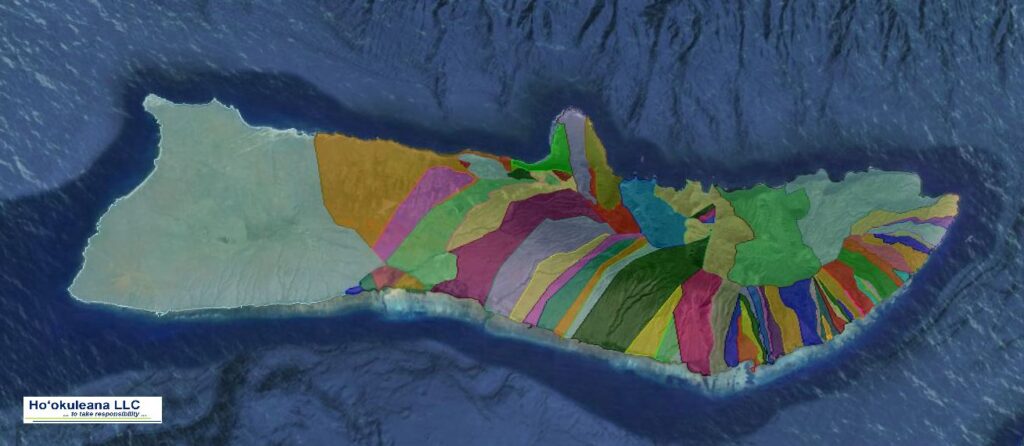In ancient Hawai‘i, most of the makaʻāinana (‘common people’) were farmers, a few were fishermen. Tenants cultivated smaller crops for family consumption, to supply the needs of chiefs and provide tributes.
Access to resources was tied to residency and earned as a result of taking responsibility to steward the environment and supply the needs of aliʻi. The social structure reinforced land management – the primary land unit was the ahupuaʻa.
Resources not only sustained the occupants, they were also used to pay tributes to the King. Missionary Samuel Ruggles noted in his journal (June 17, 1820:) “The King’s rent has been brought in from all parts of the Island and from Onehow (Niʻihau) a small Island about 15 miles to the westward.”
“It consisted of hogs, dogs, mats, tappers, feathers, pearl fishhooks, calabashes and paddles. This rent is to go to Owhyhee (Hawaiʻi) as a present to the young King.”
“It was interesting to see the natives come, sometimes more than a hundred at a time, with their loads on their backs and lay down their offerings at the feet of their great and good Chief as they call him.” (Ruggles)
A typical ahupuaʻa was a long strip of land, narrow at its mountain summit top and becoming wider as it ran down a valley into the sea to the outer edge of the reef. If there was no reef then the sea boundary would be about one mile from the shore.
Shaped by island geography, ahupuaʻa varied in shape and size (from as little as 100-acres to more than 100,000-acres.) Each ahupuaʻa had its own name and boundary lines. Often the boundary markers were natural features such as a large rock or a line of trees or even the home of a certain bird. A valley ahupuaʻa usually used its ridges and peaks as boundaries.
The traditional land tenure system in ancient Hawaiʻi had at its core the presence of water (however, some ahupuaʻa did not have perennial streams or springs.) Although of many shapes and sizes, the typical ahupuaʻa consisted of three area types: mountain, plain and sea. Ahupuaʻa contained nearly all the resources Hawaiians required for survival.
In ancient Hawaiian times, relatives and friends exchanged products. The upland dwellers brought poi, taro and other foods to the shore to give to kinsmen there. The shore dweller gave fish and other seafood.
The emphasis on economic self-sufficiency in Hawaiian ahupua‘a resonates in our modern world with concerns for environmental and economic sustainability.
But the general perception of ahupua‘a self-sufficiency is quite different from demonstrated large scale movement of basalt and volcanic glass artifacts between island districts and sometimes between islands. (Mills)
Although control over agricultural production was doubtless central to the Hawaiian political economy, to this we can add a significant role of an exchange economy based on the control and distribution of other kinds of goods and resources.
One such resource, which fortunately is well represented in the archaeological record, consists of high-quality, fine-grained volcanic rock. (Kirch)
Many sources of stone within most ahupua‘a could have been used to make adzes (albeit of lesser quality.) It was the structure of ancient Hawaiian culture that led to the development of preferred sources outside of the ahupua‘a being used.
The ahupuaʻa of Kaʻohe in the Hāmākua district of Hawaiʻi Island, and its rich resource of basalt for adze making, helps illustrate this.
Kaʻohe is an irregular ahupua‘a because it only occupies a narrow (and relatively resource-poor) band along the coast where most of the residents would have lived.
But as Kaʻohe ascends the eastern slope of Mauna Kea and emerges above the forest near 6,000-ft in elevation, it expands to occupy the entire summit region.
The uplands of Kaʻohe would have contained few food resources beyond ground-nesting birds. The primary evidence of pre-contact human utilization of Kaʻohe’s vast mountain region is the adze quarry, which would have provided Kaʻohe with a valuable resource to exchange with other ahupua‘a. (Mills)
Likewise, Kahikinui on Maui, shows that, although the district’s residents exploited local stone sources for the majority of their tool production, they nonetheless imported slightly more than one-quarter of their lithic resources from outside of their own political district.
Clearly, even though they were capable of being self-sufficient in stone resources, they chose to import a significant quantity of high-quality volcanic rock, either as raw material or as finished adzes. (Kirch)
Moreover, archeologists have found disproportionately high frequency of fine-grained volcanic rock artifacts (from outside the specific ahupuaʻa) in high-status residence sites or ritual, temple complexes.
This strongly suggests that control over access to and distribution of these stone resources was controlled by aliʻi, who would likely have included the district chief (aliʻi ‘ai moku) and ahupua‘a-level sub-chiefs (aliʻi ‘ai ahupua‘a,) as well as the land managers (konohiki) and priests (kāhuna.) (Kirch)
Some early historical texts also hint at other kinds of exchange with others from other districts, including peddlers who traveled with goods between districts, regular exchange of foodstuffs, woods and fibers between moku, and even ‘fairs’ for barter between different districts. (Mills)
This exchange economy may also have consisted of perishable materials (ie, salt, fiber plants and cordage, lauhala matting, large hardwood logs for canoe hulls, and the red and yellow feathers of certain species of forest birds;) however, none of these preserve in most archaeological contexts. (Kirch)
Of course, following contact, the economic exchange of goods and services expanded – Sandalwood, supporting Whaling, Sugar, Pineapple, Visitor Industry etc. (Lots of information here is from Kirch and Mills.) (The image shows the adze maker in artwork by Herb Kane.)
































